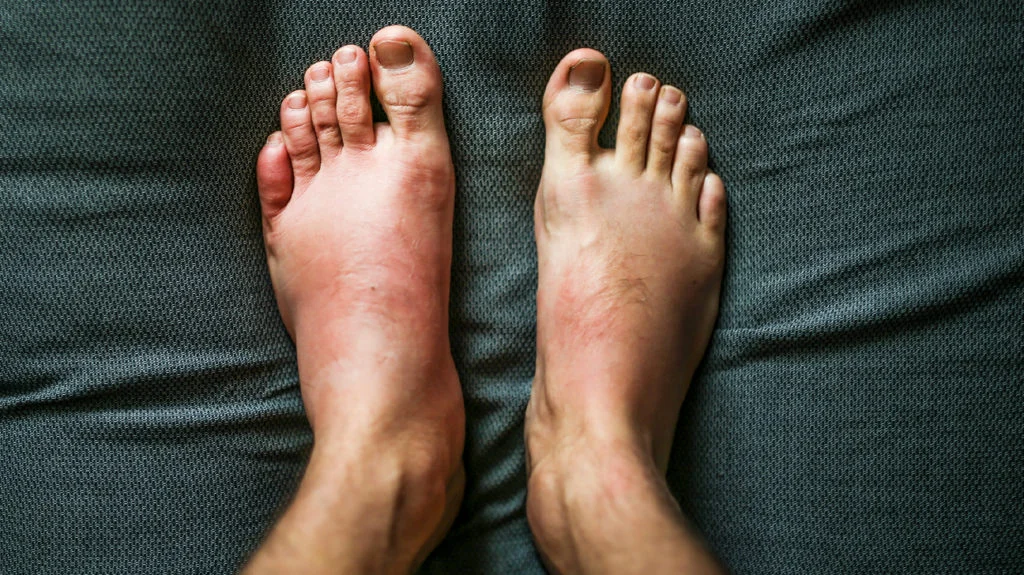Reasons You Might Have Leg Swelling

Leg swelling or edema has become a common condition affecting our daily activities by causing discomfort. This condition can be a result of slight damage or a sign of a severe underlying health condition. Edema comes when additional fluids gather in the leg tissue, resulting in swelling. Over the years, Port Saint Lucie leg swelling has impacted individuals’ wellness, so it is necessary to know its causes. Determining the cause early is crucial as you can avoid complications and get better medication. This article explains various reasons you might have leg swelling.
Pregnancy
Leg swelling is a popular condition for women during pregnancy, usually in the third trimester. At this time, the body releases extra fluids to assist the developing fetus, leading to swelling in the ankles, legs, and feet. The hormone change during this period also contributes to this swelling. If you are pregnant, you should relax and lift your legs to ease these conditions. However, you should consult your specialist for better treatment for severe swelling.
Venous Insufficiency
Venous insufficiency occurs when your veins cannot successfully pump the blood back to the heart. This disorder makes the blood puddle in your leg, causing discomfort and swelling. The signs of this infection are varicose veins and pain. Thus, lifestyle changes like weight loss and exercise can reduce the effect of venous insufficiency. Also, medications such as the use of diuretics minimize swelling. Sometimes, you may require surgery to treat the damaged veins when the condition worsens.
Liver, Heart, And Kidney Disease
These diseases interfere with your body’s capability to circulate fluids and blood efficiently. As a result, the body fluid accumulates in the leg, causing swelling. For instance, in heart failure, blood pumping becomes difficult leading to fluid buildup in the legs. Liver and kidney infections also cause fluid retention resulting in leg bulging. You should consider treating the causal condition to ease the disease. When the symptoms deteriorate, you should seek your healthcare provider for medications.
Lymphedema
This medical situation comes when the lymphatic structure is damaged. The lymphatic system is accountable for draining the extra fluids out of tissues. Hence the accumulation of lymphatic fluid occurs in the affected part, often leading to infection, discomfort, and even swelling. Lymph drainage, compression therapy, and skin care are some of the medication options you can consider. In other cases, you may require surgery to eliminate the excess fluid and lighten swelling. Therefore, early diagnosis is important in managing lymphedema.
Injuries
When you have injuries such as fractures or sprains, swelling might arise in the affected area. Also, when a wound occurs, the body naturally responds, sending fluids and blood to the affected part to endorse curing. This process brings up swelling, accompanied by stiffness, pain, and a restricted range of movements. Options for treating swollen legs caused by injury include resting, using ice, and elevating the injured leg. If these options are ineffective, you should consult your doctor for physical therapy and surgery as they effectively remove or minimize swelling.
Leg swelling is a common situation that is triggered by various aspects. Although some triggers may be slight and easily curable, others may need serious medical attention to avoid complications. Recognizing the underlying cause of edema is crucial to prevent more damage and getting appropriate treatment. Nursing options for leg swelling may comprise lifestyle changes and medical measures depending on the source of swelling. Therefore, you should talk to your healthcare professional and follow the prescribed treatment plan. This process can help to ease the distress related to leg swelling, improving overall life quality.






